Deck & Commander Strategies
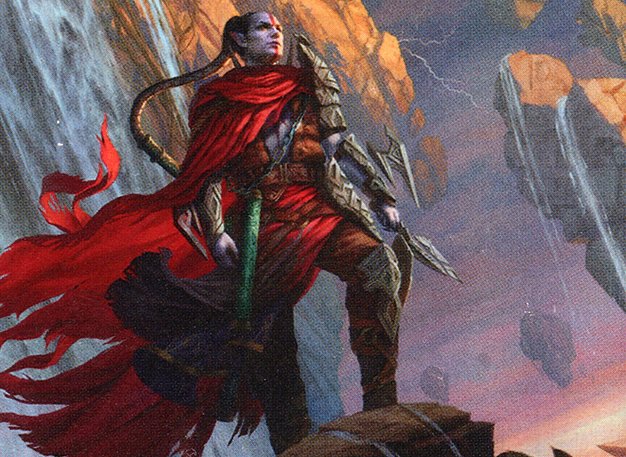
Anowon, the Ruin Thief
Utilizes cheap unblockable rogues to mill opponents and generate card advantage from milled creatures, focusing on disruption and incremental advantage.

Lathril, Blade of the Elves
An elf tribal deck that produces numerous elf tokens and uses menace and drain effects to chip away at opponents while maintaining board presence.
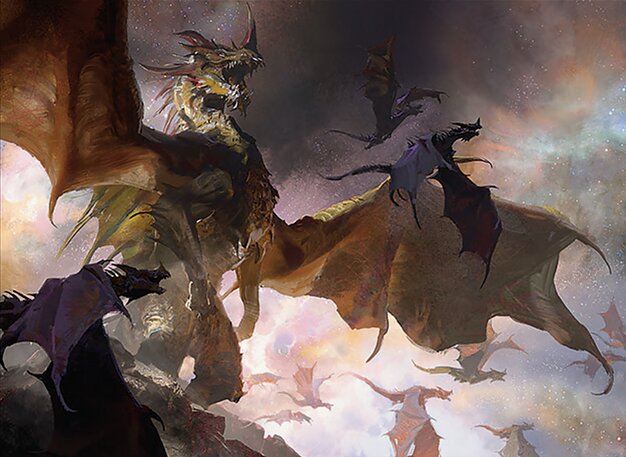
The Ur-Dragon
Ramp into large dragons and powerful spells, leveraging dragon tribal synergies and impactful board wipes to dominate the battlefield.
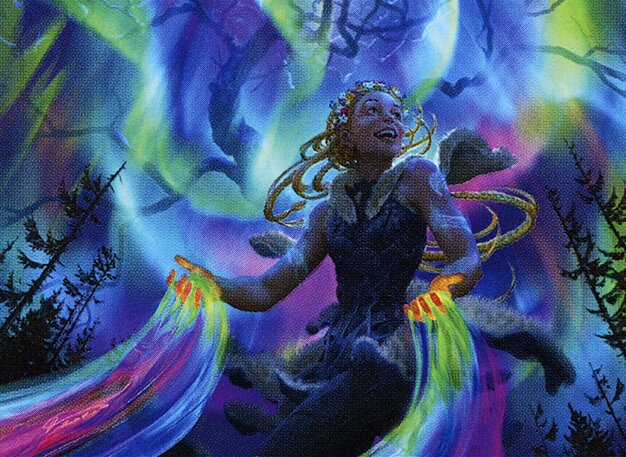
Esika, God of the Tree // The Prismatic Bridge
A god tribal deck that cheats powerful gods onto the battlefield using The Prismatic Bridge, sustaining pressure with insect tokens and strong tribal creatures.
Gameplay Insights
- 1
Casting The Ur-Dragon combined with Sarkhan's Unsealing created a critical board wipe that cleared non-dragon creatures and shifted the board state dramatically.
- 2
Martin's use of Anowon's mill ability to both disrupt opponents and draw cards helped maintain resource advantage despite the aggressive board state.
- 3
Alex's repeated use of Skullclamp on elf tokens maximized card draw, fueling sustained pressure and allowing multiple plays in response to threats.
- 4
Calvin’s Prismatic Bridge effectively cheated powerful gods into play, providing resilience and value following the board wipe.
- 5
Conor's strategic timing in playing The Ur-Dragon and activating Sarkhan's Unsealing ensured maximum impact on opponents, showcasing careful sequencing in a multiplayer environment.
Notable Cards
-

The Ur-Dragon
-
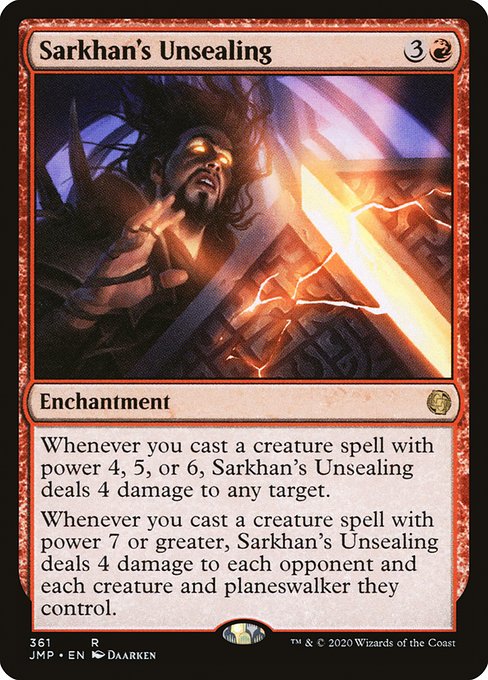
Sarkhan's Unsealing
-

Skullclamp
-
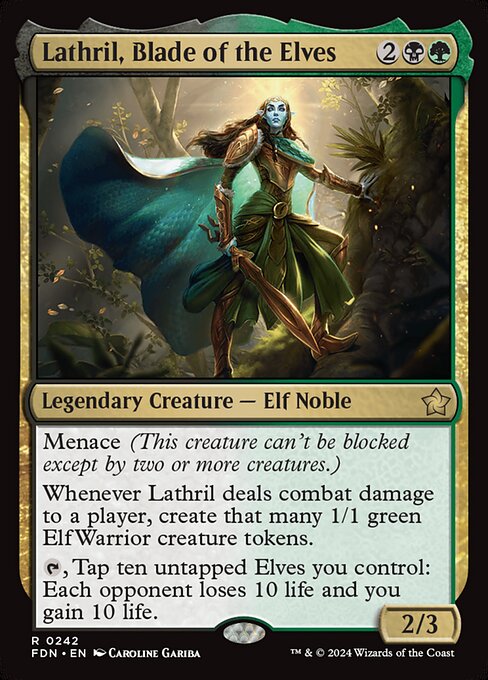
Lathril, Blade of the Elves
-

Anowon, the Ruin Thief
-
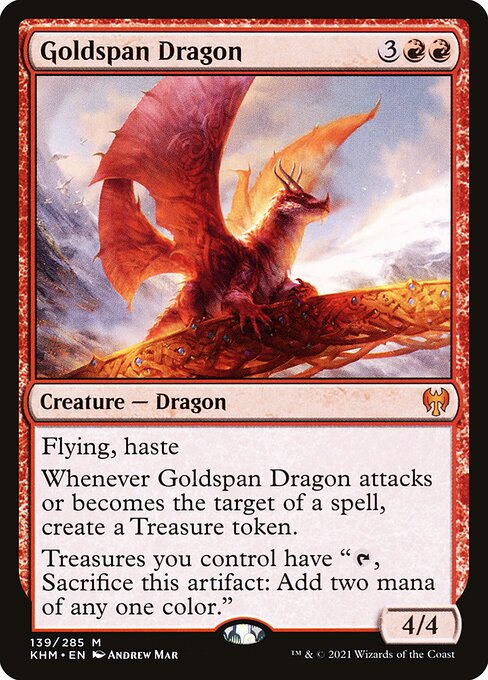
Goldspan Dragon
Gameplay Summary
The game featured four distinct tribal decks: Anowon Rogues, Lathril Elves, The Ur-Dragon, and Esika Gods.
Early turns saw players developing their mana bases and deploying key tribal creatures like Lanowar Elves, Wood Elves, and River Prowler.
Anowon utilized unblockable rogues and milling to disrupt opponents while drawing cards, whereas Lathril focused on creating elf tokens and leveraging combat damage with menace.
The Ur-Dragon deck aimed to ramp into big dragons and powerful spells, highlighted by a critical board wipe triggered when The Ur-Dragon was cast, wiping out most creatures except Conor's dragons.
Esika's Prismatic Bridge brought efficient gods and insect tokens onto the battlefield, maintaining pressure and defense with double strike and other synergies.
A pivotal moment came when Conor cast The Ur-Dragon alongside Sarkhan's Unsealing, dealing damage to all non-dragon creatures and opponents, effectively clearing the board and turning the game in his favor with a massive 10/10 dragon emblem.
Calvin's Prismatic Bridge then allowed him to cheat in powerful gods, sustaining his board presence despite the wipe.
Meanwhile, Martin's Anowon deck tried to leverage milling and card draw to gain advantage, and Alex's Lathril deck generated multiple elf tokens and used Skullclamp to maintain card advantage.
The game’s tempo swings centered around the board wipe and the interaction between dragon tribal dominance and the resilient gods and tokens generated by Esika's deck.



































